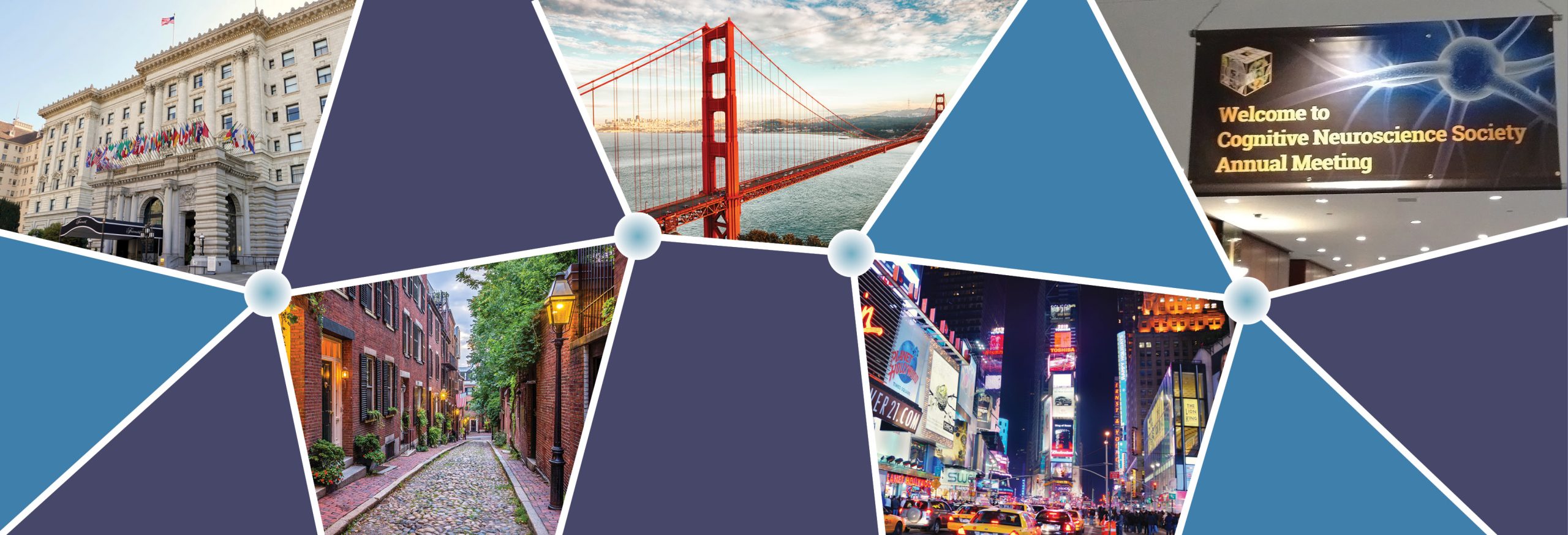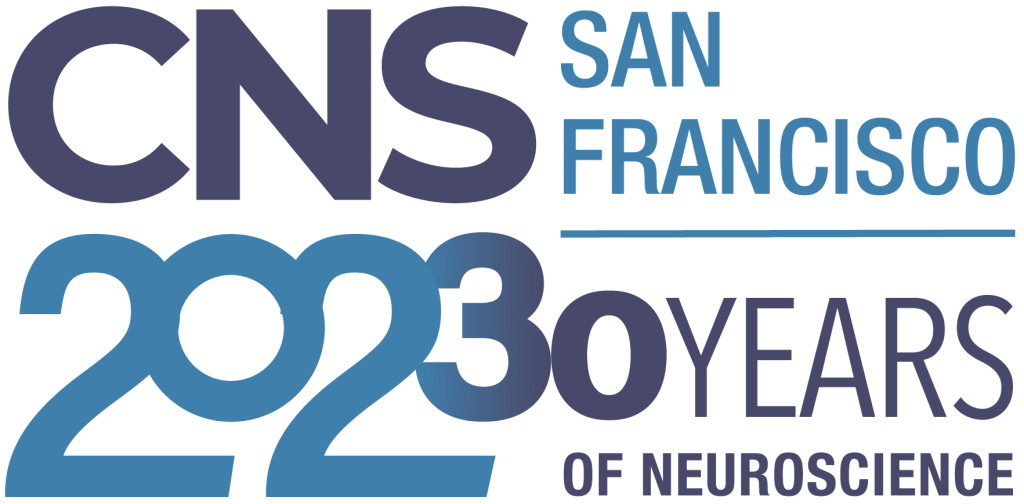CNS at 30: Perspectives on the Roots, Present, and Future of Cognitive Neuroscience
Saturday, March 25, 2023, 1:00 PM - 3:00 PM (PT), Grand Ballroom

03/25/2023 1:00 PM
03/25/2023 3:00 PM
America/Los_Angeles
CNS 2023 | CNS at 30: Perspectives on the Roots, Present, and Future of Cognitive Neuroscience
This Symposium will be held in person at the CNS 2023 - 30th Anniversary Meeting in San Francisco at the Hyatt Regency San Francisco Hotel, located at 5 Embarcadero Ctr, San Francisco, CA 94111. Grand Ballroom
Co-Chairs: : Patricia Reuter-Lorenz, University of Michigan & George (Ron) Mangun, University of California, Davis
Speakers: Daniel L. Schacter, Marlene Behrmann, Nick Turk-Browne, Adriana Galvan
This symposium commemorates the 30th anniversary of the Cognitive Neuroscience Society by bringing together four speakers to offer their perspectives on the roots, current developments, and future directions of our field. The speakers, each of whom has been recognized for their outstanding scientific contributions by accolades from CNS and from the broader profession, will discuss advances in human brain science made possible by cognitive neuroscience approaches to research on topics including memory, vision, complex pattern recognition, early child development, digital media and adolescent mental health.
TALK 1: On the Emergence of Cognitive Neuroscience: Memory Research as a Case Study
Daniel L. Schacter, Department of Psychology and Center for Brain Science, Harvard University
One of the key strengths of cognitive neuroscience lies in its incorporation of ideas and methods from multiple complementary approaches, including cognitive psychology, neuropsychology, behavioral neuroscience, and functional neuroimaging. This presentation will examine the emergence of cognitive neuroscience during the past half-century through the lens of memory research, focusing on the development of interactions among cognitive, neuropsychological, and neuroscientific approaches during the 1980s that set the stage for the explosive growth of functional neuroimaging studies of memory beginning in the 1990s. The formation of the Cognitive Neuroscience Society in 1993 was well-timed to crystallize and promote the further development of cognitive neuroscience approaches to memory that have continued to shape the field for the past 30 years.
TALK 2: At Least a Hundred Years of Hemispheric Lateralization Studies and Still Going Strong
Marlene Behrmann, Department of Ophthalmology, University of Pittsburgh School of Medicine
In February 2023, a Pubmed search with the term ‘hemispheric specialization’ yielded 21,748 papers, all of which seek to identify and understand which particular functions are the purview of the right versus left hemisphere. Cognitive neuroscience as a discipline continues to pursue answers to this question. In this talk, I will describe the ongoing contribution of cognitive neuroscience approaches to advancing our understanding of cortical organization. I will take as my focus the neural mechanisms that subserve complex visual pattern recognition, and will draw on evidence from studies of the visual system in health and disease (normal adults and children, individuals with focal neuropsychological deficits, and individuals with hemispherectomy or lobectomy) adopting multiple methodologies (psychophysics, neuroimaging, stereoencephalography). I will propose that visual recognition emerges from the interactive engagement of a network of regions, which is distributed within and across both hemispheres, and which evince graded functional specialization. Data will be used to test predictions such as specific collaborative and competitive synergies of hemispheric bias that play out over the course of development, the nature of representations across the two hemispheres and the extent to which a single hemisphere, either left or right, might suffice for recognition. Last, I will lay out open questions which will, undoubtedly, occupy the field well into the future.
TALK 3: Children are the Future: The (Re)birth of Infant Cognitive Neuroscience
Nick Turk-Browne, Yale University
Until 2020, there were three fMRI studies in awake infants performing cognitive tasks. This stood in contrast to thousands of task-based fMRI studies in adults and older children over the preceding three decades. It was not for a lack of need or interest, as the field of infant cognition has long struggled (and still achieved great success) with overdetermined behavioral measures such as looking time. Neuroscientific methods have the potential to delineate multiple drivers of these simple behaviors and to record cognition incidentally with high-throughput, dynamic measures. Scalp EEG and fNIRS have made important contributions in this direction, but fMRI holds distinct advantages, including whole-brain coverage with access to deep-brain structures, spatial precision for revealing neural tuning and representations, and the possibility of building on notable advances in fMRI design, acquisition, and analysis from adult studies. In this talk, I will present the approach my lab has developed for awake infant fMRI and share some of our recent progress, including on retinotopic mapping, face perception, attentional cuing, statistical learning, and event segmentation. I will also highlight some of the big open questions that awake infant fMRI could address in principle, such as why infants are such proficient learners, why we all have amnesia for infant experiences, and how infants perceive and think about their environment. Despite countless limitations and challenges at present, this work suggests that awake infant fMRI could become feasible, useful, and ubiquitous in cognitive neuroscience.
TALK 4: The Promise of Developmental Cognitive Neuroscience
Adriana Galvan, University of California, Los Angeles
From infancy, to middle childhood and through adolescence, dynamic changes in the brain interact with a changing social landscape to influence developmental processes. In recent years methodological advances in cognitive neuroscience have provided tools to examine the developing brain. What the field has learned is that bidirectional interactions between brain and environment have a significant impact on trajectories and outcomes. Importantly, these scientific insights have shed light on behaviors and conditions that are particularly unique to the developing child and adolescent, including mental health and digital media use. Collectively this developmental cognitive neuroscience research has also had an increasingly important role in informing policies and practices that impact young people.



